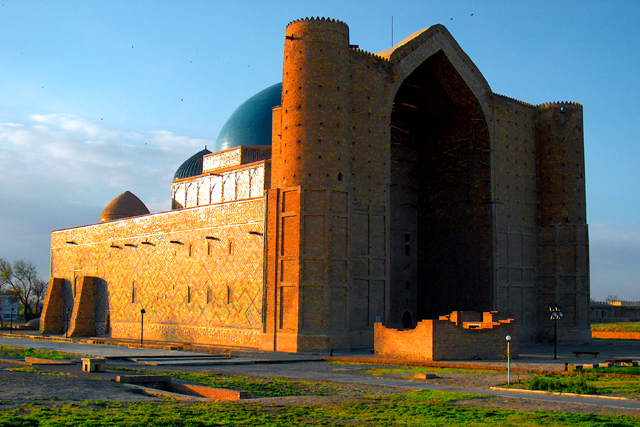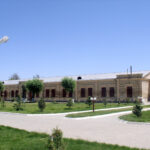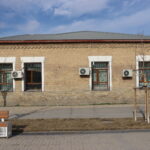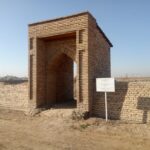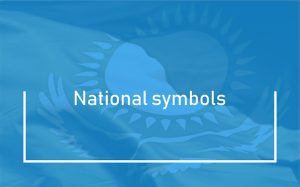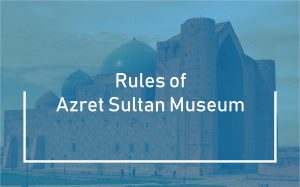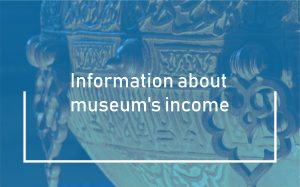In 1741–1745, Seit khan, son of Sameke khan together with Abulmambet khan made Turkestan their capital. He was eldest son of Sameke khan, grandson of Tauke khan. Seit khan was from Djadik dynasty. It is quite possible that he was khan of one part of Middle zhuz. In historical records known as Shaseit khan, Seit Saltan, Shah Sayiid Bahadur khan. In the manuscript of Abd Rahim Uzkandi named “Risolya (Charter) of Genghis khan” written that in 1228 1228 A. H., which is 1813 as per our calendar: “His was called Shah Sayiid because his mother was the daughter of spiritual guide from Tashkent. That is why he was named Sayiid”. At that times it was an honor to marry daughter of Seit-khodja. Like ancestors of the Muhhamad, Seits had been respected in medieval ages. According to historical records, the name of only one of Seit khan child’s is known, sultan Karabas Mohhamad. In abovementioned manuscript of Abd Rahim Uzkandi written: “… Shigay khan. His son – Esim khan. His son – Jangir khan. His son – Tauekel Mohammet Bahadur khan. His son – Ali shah. His son – Shah Mohamad Bahadur khan. His son – Shah Sayiid Bahadur khan. His son – Karabas Mohammet sultan”. In 1738–1739, Seit khan met with Carl Miller, representative of Russian authority in Turkestan several times. He was intended to accept the protection of Russian emperor. (Journey diaries and service notes about trips around south Kazakhstan steeps. ХVШ–ХІХ centuries, 2007: 33–34,46). In1742, Seit Sameke uly was unanimous ruler of Turkestan, its outskirts, and during 1743–1745 ruled together with Abulmambet khan. Sameke khan inherited Turkestan city and adjacent areas, part of Konyrat tribe, which migrated in South Kazakhstanfrom from his father. Khan was under Kaldan Tseren (Galdan Boshigt), Dzungarian khan, as he obtained his title and authority to rule directly from him. Shubay Araslanov, a merchant visited Turkestan and Tashkent wrote about that fact. (Journey diaries and service notes about trips around south Kazakhstan steeps.ХVШ–ХІХ centuries, 2007: 100). By mid 40s of XVIII century he lost governmental authority due to unknown reasons. There is no information about khan in written sources.
SEIT KHAN SAMEKE ULY
